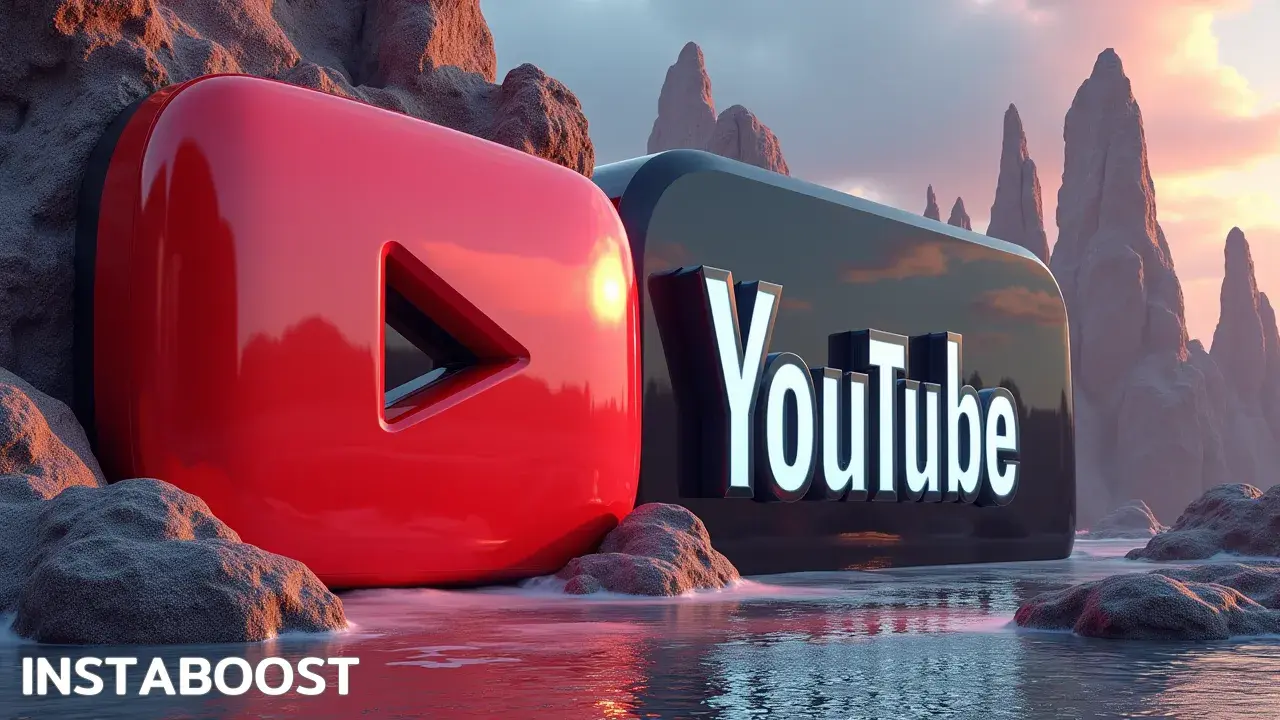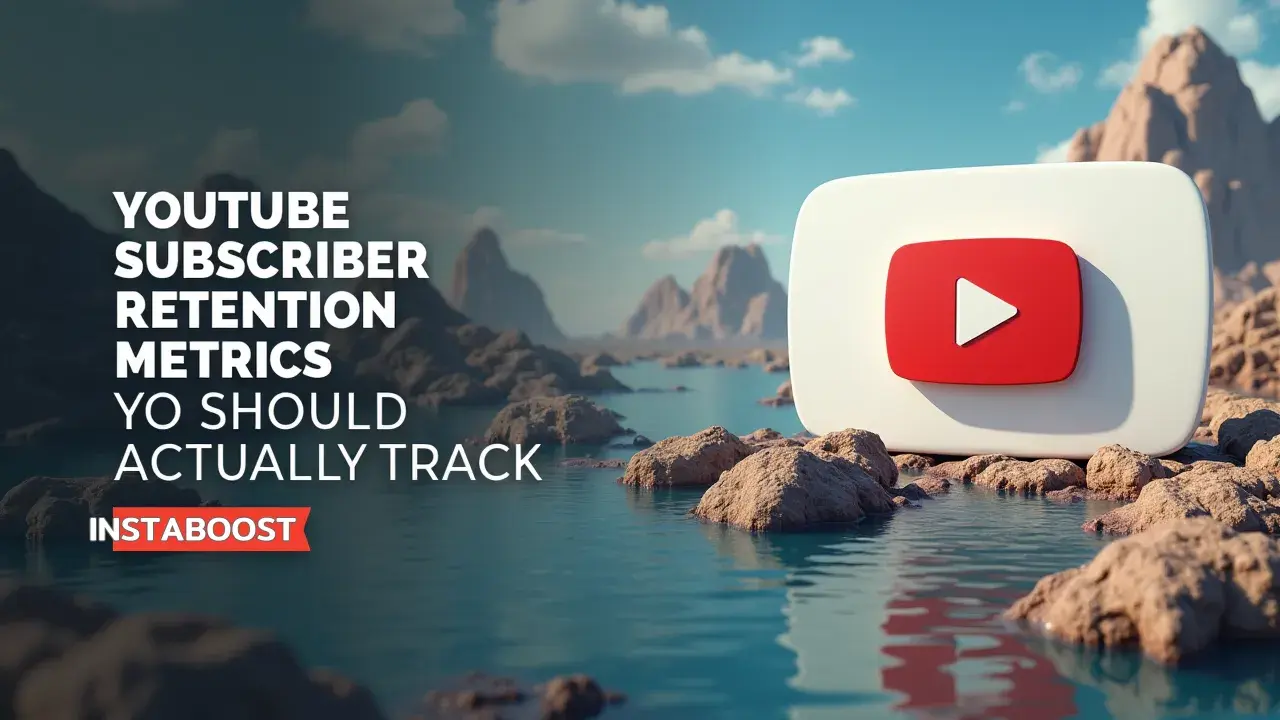Which YouTube Subscriber Retention Metrics Truly Merit Tracking?
Subscriber loyalty is best understood by focusing on retention signals that reflect sustained interest, not just surface-level counts. Metrics that map how subscribers watch over time, such as where viewing persists or drops, reveal whether content maintains commitment beyond initial clicks. Emphasizing stats tied to channel growth helps isolate patterns that indicate genuine loyalty rather than fleeting spikes. Prioritizing the indicators that connect to repeat engagement is the smart path to compounding results.
Why Subscriber Retention Is the Real YouTube Growth Engine
When most people talk about how to grow a YouTube channel, it’s usually about numbers – views, likes, subscriber counts. But that doesn’t really get at whether you’re building a group of people who actually care about what you’re putting out.
What matters more is whether your subscribers stick around – how often they come back, how much they actually watch after hitting subscribe, whether they’re responding to notifications. For example, it’s not that hard to get a spike in subscribers from one video that happens to go viral, but turning those new subscribers into regular viewers is a different story.
What matters more is whether your subscribers stick around – how often they come back, how much they actually watch after hitting subscribe, whether they’re responding to notifications. For example, it’s not that hard to get a spike in subscribers from one video that happens to go viral, but turning those new subscribers into regular viewers is a different story.
Lately, YouTube’s algorithm seems to notice this too; it pays more attention to creators who manage to bring people back again and again, rather than those who just have a one-off hit. If you want to really understand whether your channel is building something lasting, you’ll want to look at things like average watch time among subscribers, how many people are clicking on your new uploads, and who’s actually returning week after week.
These numbers start to tell you which videos are connecting with people and which ones aren’t, so you can get a sense of what to work on next – not just for the sake of growth, but to actually hold onto the audience you have.
These numbers start to tell you which videos are connecting with people and which ones aren’t, so you can get a sense of what to work on next – not just for the sake of growth, but to actually hold onto the audience you have.
Chasing subscriber milestones can feel productive, but if most of those people aren’t watching anymore, it’s hard to know what any of it means. Sometimes, just having a clear sense of what influences retention gives you a better way to boost your YouTube presence than chasing surface-level stats. For teams like INSTABOOST, who really want to see their work make a difference, knowing what keeps people coming back sort of becomes the main thing worth paying attention to, even if it’s not as flashy as a big subscriber jump.

Why Sequence Outweighs Size in YouTube Subscriber Retention
A lot of people think that growing on YouTube is about getting as many subscribers as possible, but that number on its own doesn’t really tell you much. What ends up mattering more is the way things unfold – the sequence of interactions, not just the total count. Let’s say you get a spike in subscribers after a video. That looks good, but if those new subscribers don’t watch your next videos, it doesn’t help your channel in the long run.
Instead, it’s worth looking at how people actually behave: do they come back a week later to see what’s new, or do they watch a few videos in one go? You start to notice patterns in your analytics, like the number of returning subscribers, how much watch time comes from subscribers, and how many people respond to notifications. I’ve seen people talk about active subscriber growth as a more useful metric than just the headline number, and I think that really gets to the heart of it – signals like these show who’s really interested, not just who happened to click subscribe once. That’s why some channels are able to release a new video and get lots of views right away – their audience is actually waiting for them. It’s also why studios and brands, even the ones using tools like INSTABOOST, are paying a lot more attention to retention and repeat engagement rather than just reach. When you focus on this, the data starts to feel more useful and you get a better sense of what’s actually working, even if it’s not always obvious at first glance.
Designing for Dynamic Retention, Not Just Consistency
The thing about YouTube channels is, they’re better when there’s still room for something unexpected. If everything sticks to the same routine and you never really try anything new, it can get dull – not just for you, but for the people watching. It helps to actually pay attention to what happens when you switch things up. Say you upload a video in a different style or try out a new topic; looking at session watch time or how viewer retention shifts can tell you a lot. Those numbers aren’t just a measure of how many people stick around – they give a sense of whether people get more interested when things change, or if they prefer what’s familiar.
The creators who seem to figure this out are usually the ones who don’t only watch their average stats, but look for what happens when they take a risk, bring in someone new, or approach a subject from another angle. So, it feels important for any retention strategy to have some flexibility. There’s value in knowing what keeps people comfortable, but also in seeing how they react when things are different.
Tools like INSTABOOST can help break down these patterns by subscriber groups, making it a bit clearer not just who keeps coming back, but why they’re interested – even as the channel changes. And sometimes, a simple way to get likes can be part of seeing what resonates, almost like testing the waters while you’re learning from what the numbers quietly show. It’s not really about following a strict formula; it’s more about finding a balance between what’s steady and what lets you try something a little different.
Don’t Let One-Off Videos Skew Your Retention Story
I’ve noticed how easy it is to get caught up when something you post takes off. The numbers jump, subscribers pour in, and for a while, it feels like you’ve figured out the trick. But it doesn’t take long before you start expecting that kind of response every time, and that’s when it gets a bit complicated.
Viral spikes can give a distorted view of what’s actually building a steady audience. The real test is what happens after things settle down – are people still coming back, or does engagement drop off once the initial wave passes? It helps to look at which viewers hang around for more than one video, especially those who stick with you well after the excitement has faded. Instead of focusing on a single traffic spike, I find it more useful to track how different groups of subscribers behave over time, to see if new folks end up sticking around or if most disappear after that first video. That’s something tools like INSTABOOST can clarify by showing which parts of your growth are lasting and which are more of a temporary blip – kind of like how you start to notice patterns once you pay attention to how you enhance your video reach. If you only pay attention to the big jumps, you might miss out on what’s actually holding your core audience together, and that’s the kind of detail that doesn’t show up in the headline numbers.
Retention Data Isn’t the End – It’s the Starting Line
When you start paying attention to your YouTube retention stats, it can feel a little unsettling. Those numbers are pretty clear about what’s actually happening with your viewers. But once you sit with the data – seeing when people tune out and which videos keep subscribers coming back – you can start figuring out what to do next.
Instead of worrying about every dip in view duration, you can look for patterns. Maybe you notice that videos where you answer questions or show behind-the-scenes moments bring people back, or you realize viewers often drop off right after a certain segment. It’s less about tracking every single change and more about getting curious and trying things out, then checking in to see if your hunches were right. Retention isn’t something you lock down and forget about; it keeps shifting as your audience and your channel change. The more you get used to looking at these numbers and connecting them to what’s happening in your videos, the more you get a feel for what actually matters to your viewers.
That feedback – whether you’re digging into it on your own, using a tool like INSTABOOST, or even just noticing how you drive traffic with shares – starts to shape how you plan, without needing to guess all the time. Over time, you might notice that what works one month doesn’t always hold up the next, and that’s part of it. The important thing is you’re not in the dark anymore, and the way you approach these stats keeps evolving along with your channel, sometimes in ways you don’t really expect.















